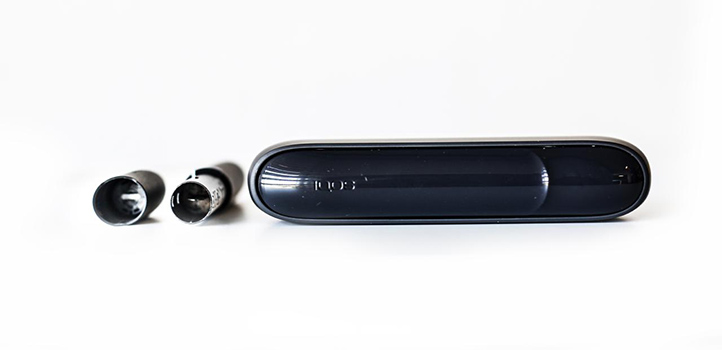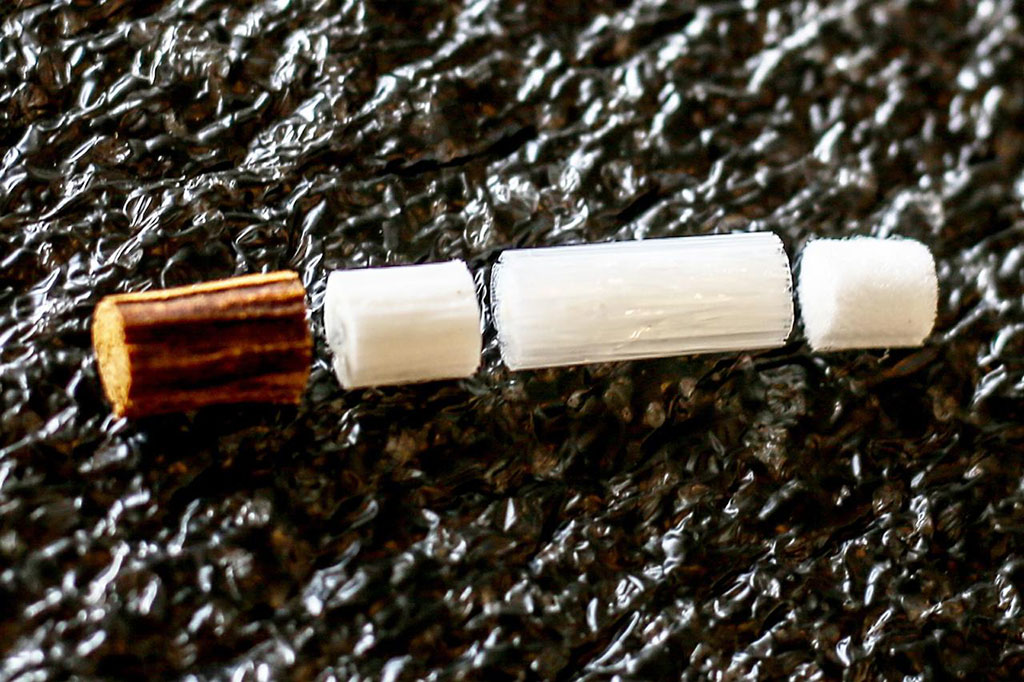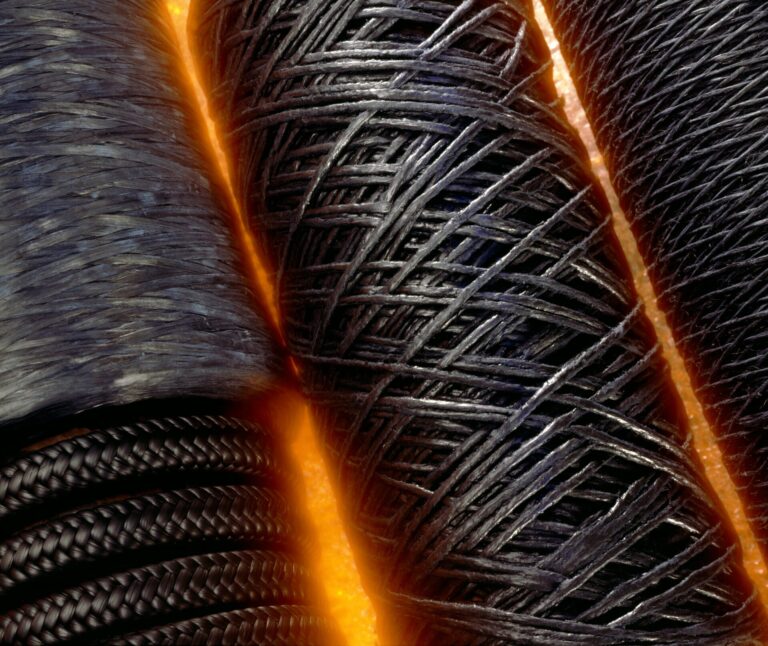Chemical Engineering
No smoke, but still hazardous
A more sensitive technique shows a cigarette alternative seems to emit more chemicals than manufacturer testing had found.

KAUST scientists reveal that a tobacco-heating device called “I quit ordinary smoking,” emits many more potentially harmful chemicals than those identified by the manufacturer.
A technique that has greater sensitivity to assess harmful chemicals adds to the analysis toolkit for cigarette alternatives. This research by KAUST scientists, now published in Tobacco Control, reveals that a tobacco-heating device called “I quit ordinary smoking” (IQOS), emits many more potentially harmful chemicals than those identified by the manufacturer.
The IQOS device operates at a lower temperature than ordinary cigarettes; it heats tobacco sticks to around 300 degrees Celsius, whereas traditional cigarettes burn the tobacco at up to 900 degrees Celsius. It also differs from vaping systems, which heat liquids containing nicotine.
IQOS was developed by Philip Morris International and introduced to the market in 2014. The manufacturer claims it offers a safer alternative to traditional smoking, based on their own and other research. This suggested that IQOS achieves a very significant reduction in toxic exposure compared to regular cigarettes that burn tobacco.

Top: The tobacco HeatStick; Bottom: The “I quit ordinary smoking” device showing the heating blade that can reach temperatures up to 300 degrees Celsius.
© 2020 KAUST; Raheena Abdurehim
“I wanted to assess the company’s claims,” says Ph.D. student Bogdan-Dragoș Ilieș. He proposed an independent investigation to his supervisor, Mani Sarathy.
“We brainstormed different approaches to identify the chemicals released by the heated tobacco sticks,” says Ilies. They realized there were serious limitations with the previously used method, based on offline sampling techniques, because they could not identify potentially significant molecules, such as short-lived and reactive polar carbonyl compounds.
The team devised a real-time gas chromatography mass spectrometry analysis method that collected vapors directly from heated tobacco sticks. Their setup allowed the detection of small molecules that would not persist in the gaseous phase for a sufficient amount of time to be detected by previously used procedures. The researchers were nevertheless surprised that they identified as many as 62 compounds, only 10 of which were found in the tests by Philip Morris International.

Components of the unsmoked “I quit ordinary smoking” HeatStick device. (l-r): the tobacco plug, the hollow acetate tube separating the tobacco plug and the polymer film fitter, the polymer mesh and the cellulose acetate mouthpiece.
© 2020 KAUST; Raheena Abdurehim
The additional chemicals found by the researchers included the known toxic compounds diacetyl, 2,3-pentanedione, hydroxymethylfurfural and diethylhexyl phthalate. The latter may be especially significant as it is considered to be potentially carcinogenic.

KAUST researchers were surprised to find as many as 62 compounds, only 10 of which were found in the tests by Philip Morris International.
© 2020 KAUST; Shamjad Moosakutty
“It is crucial to monitor and identify any toxic and carcinogenic products released by these new tobacco heating products,” Sarathy comments. He hopes that these findings from KAUST’s independent investigations might lead to collaboration with tobacco companies to identify the health risks of their new products and to learn how to mitigate these risks.
“Our novel approach to identify chemicals from heating tobacco sticks could also help to improve tobacco legislation around the world,” says Ilieș. “It enlarges the set of analytical techniques available to identify harmful chemicals that were invisible to previous methods.”
References
- Ilies, D-B., Moosakutty, S.P., Kharbatia, N.M. & Sarathy, S.M., Identification of volatile constituents released from IQOS heat-not-burn tobacco HeatSticks using a direct sampling method. Tobacco Control advance online 26 May 2020.| article
You might also like

Chemical Engineering
Magnetic nanoparticles capture microplastics from water

Chemical Engineering
Biogas upgrading goes with a swing

Chemical Engineering
Stronger, lighter, cheaper: a new route to carbon fiber production

Chemical Engineering
Unveiling the role of biomass-burning aerosols in atmospheric reactions

Chemical Engineering
Slashing industrial emissions using a hybrid model approach

Chemical Engineering
Precision separations with perfect pores

Chemical Engineering
Net benefits for advanced materials design

Chemical Engineering




